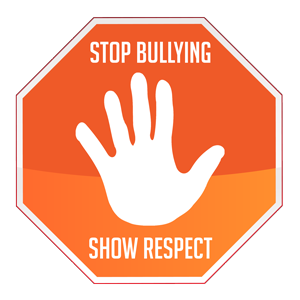
What is Trauma?
Trauma is often the result of a tremendous amount of stress that exceeds one's ability to cope or integrate the emotions involved with that experience. A traumatic event involves one's experience of an overwhelming event or series of events. Serious childhood traumas can result in toxic stress, which can damage the developing brain and body of children and affect overall health. Toxic stress may prevent a child from learning or playing in a healthy way with other children, and can cause long-term health problems.
Childhood traumas can include:
- Abuse: Emotional / physical / sexual
- Neglect: Emotional / physical
- Bullying / violence of / by another child, sibling, or adult
- Homelessness
- Household: Substance abuse / mental illness / domestic violence / incarceration / parental abandonment, divorce, loss
- Involvement in the child welfare system
- Medical trauma
- Natural disasters and war
- Racism, sexism, or any other form of discrimination
- Violence in community
Common Responses to Toxic Stress
SURVIVAL MODE RESPONSE
Toxic stress increases a child's heart rate, blood pressure, breathing and muscle tension. Their thinking brain is knocked off-line. Self-protection is their priority.
- Lowers tolerance for stress, which can result in behaviors such as fighting, checking out or defiance.
- Increases difficulty in making friends and maintaining relationships.
- Increases hormones which affect the body’s ability to fight infection.
- May cause lasting health problems.
- Increases problems with learning and memory.
- Reduces the ability to respond, learn, or figure things out, which can result in problems in school.
Resilience and Recovery
What is resilience?
Resilience is defined as the ability to adapt well and maintain normal functioning despite exposure to adversity (Yehunda and Flory, 2007). Research shows that if caregivers provide a safe environment for children and teach them how to be resilient, that helps reduce the effects of toxic stress.
What does resilience look like?
Having resilient parents and caregivers who know how to solve problems, have healthy relationships with other adults, and build healthy relationships with children.
Building attachment and nurturing relationships:
Adults who listen and respond patiently to a child in a supportive way, and pay attention to a child's physical and emotional needs.
Building social connections:
Having family, friends, neighbors, community members who support, help and listen to children.
Meeting basic needs:
Provide children with safe housing, nutritious food, appropriate clothing, and access to health care and good education, when possible. Make sure children get enough sleep, rest, and play.
Learning about parenting, caregiving and how children grow:
Understand how caregivers can help children grow in a healthy way, and what to expect from children as they grow.
Building social and emotional skills:
Help children interact in a healthy way with others, manage emotions, communicate their feelings and needs, and rebound after loss and pain.
Adapted from “Understanding ACES,” ACES Connection
Resources:








